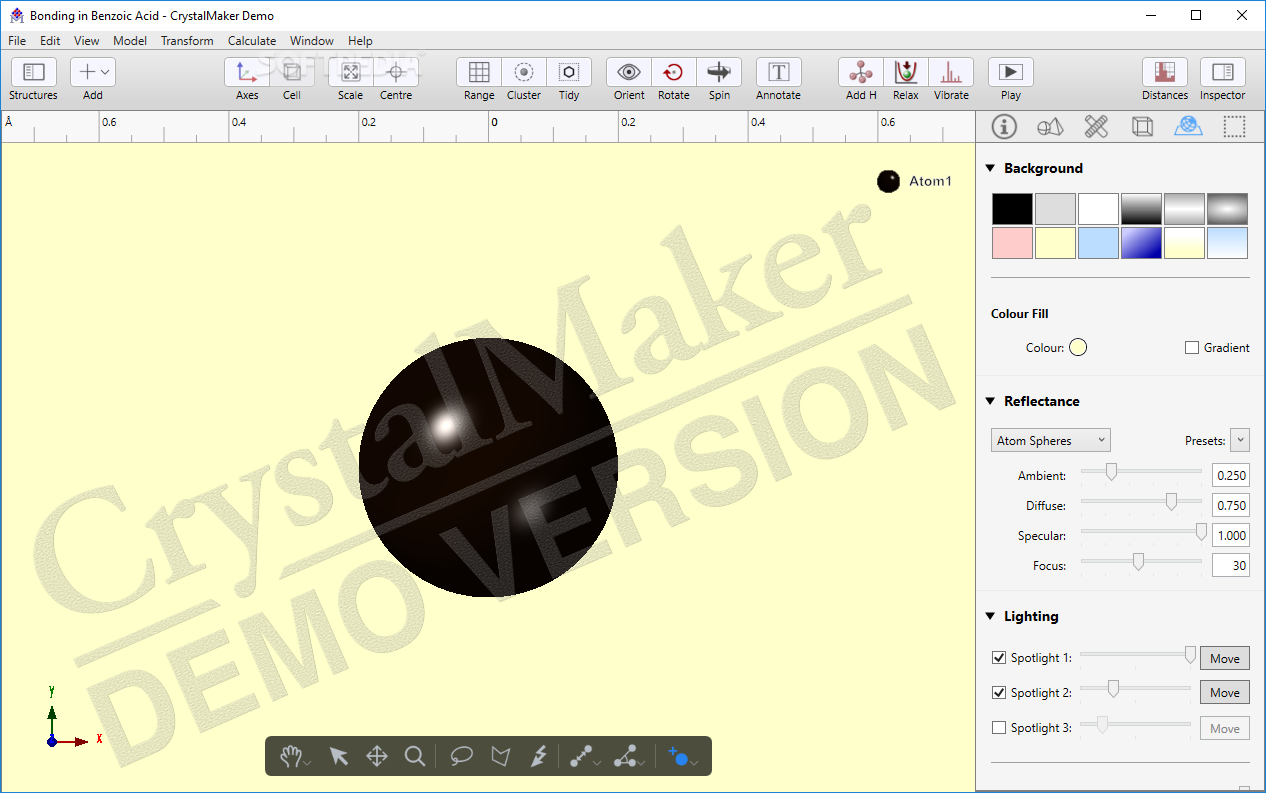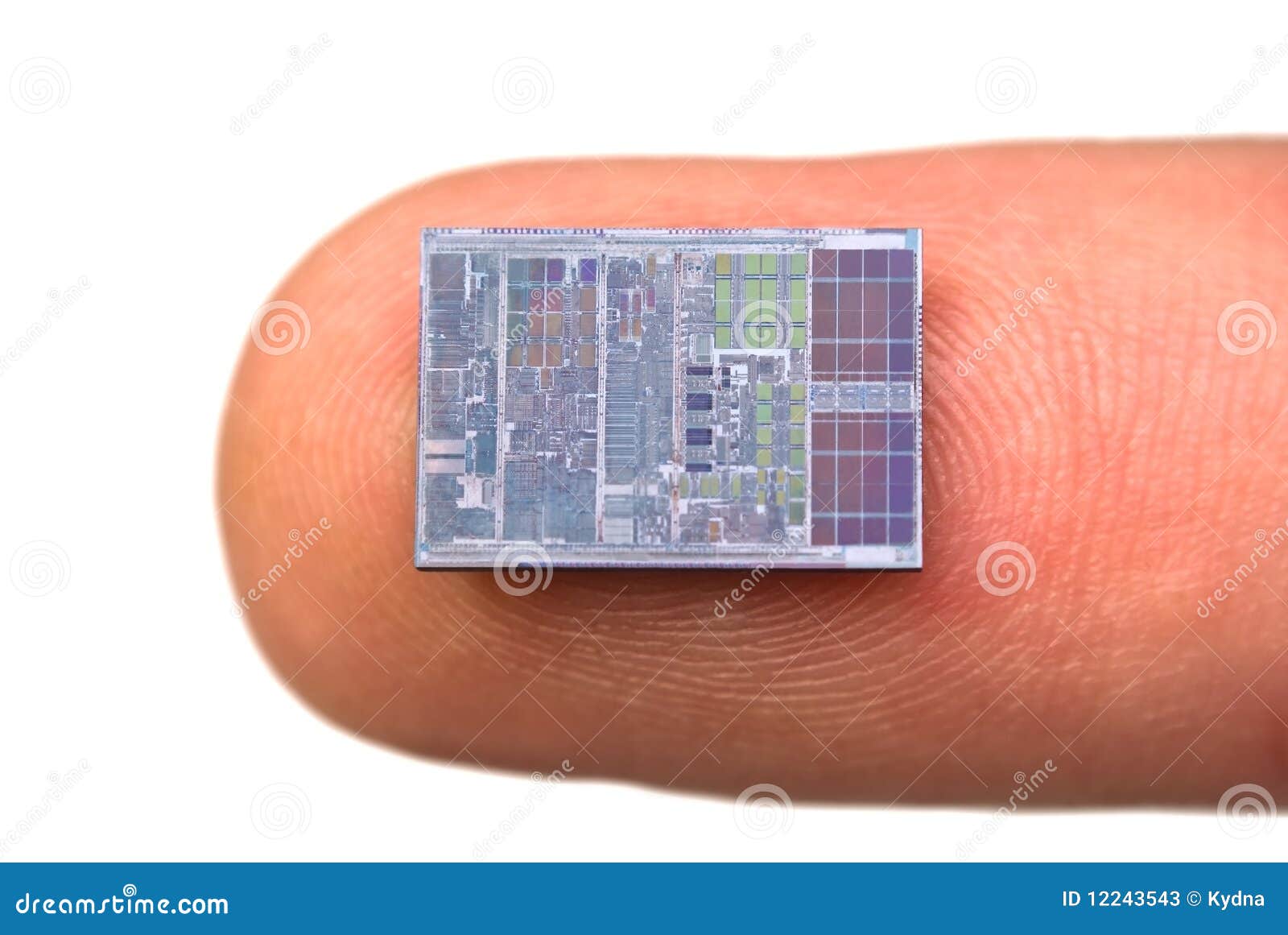
This information is of great use for the analysis and characterization of elements and their behavior in molecular chemical structures. CrystalDiffract also lets you see neutron and X-ray refraction on your screen. These images are interactive and have a great visual appeal.


With the help of the SingleCrystal tool, you can create a variety of stereographic images and symmetrical elements and compare them with other structures. The images produced by this program are high resolution and can be easily printed on different sizes of paper. The data required for this program can be obtained from several reputable data sources including protein structure databases, CIF, GSAS, SHELX and so on. This will certainly make the lesson better understood.
#PSU CRYSTALMAKER SOFTWARE#
If you are a lecturer in chemistry in the classroom you can use this software to teach molecular structures in three-dimensional, animated and different colors while teaching. Using this software in addition to research purposes will make students more interested and educated. The program is easy to use, and in an attractive graphical environment you can only analyze and analyze different chemical structures using a mouse. The generated animations can also be saved as quality video files to students, students or enthusiasts. This visual representation is in 3D with some interesting animations that will make these structures better understood. Chemists and chemists can observe and analyze the molecular structure of various materials and compounds in an intuitive, fully interactive, interactive way. I also learned to use the CrystalMaker software and took what I learned to normalize and compare the data as described above.CrystalMaker is a powerful application for analyzing molecular and crystal structures. Ronald I performed all x-ray powder diffractions and was responsible for analyzing all of the data that was produced. Thus, the synthesized crystal samples were found to contain a mixture of crystals composed of source materials, SrZrS3 (n=∞), and Sr2ZrS4, the first known experimental product of the n=1 phase of Srn+1ZrnS3n+1 RP crystals.įunder Acknowledgement(s): We would like to thank the National Science Foundation EFRI REM (EFMA-1433378) for funding this research project.įaculty Advisor: Dr. Having done this, the remaining unidentified peaks match very closely with the Sr2ZrS4 (n=1) phase, with Sr3Zr2S7 (n=2) producing a much lower fidelity match. This data was compared to the original sample compound data, aligning the pattern so that the first two unidentified peaks matched the theoretical pattern. Using the known properties of these crystals, the relationships between lattice parameters when phase and elemental site makeup were changed were obtained and used to predict XRD patterns for Sr2ZrS4 and Sr3Zr2S7. Theoretical diffraction patterns for these phases were calculated with CrystalMaker 10.3 and CrystalDiffract 6.7 software by utilizing space group properties and unit cell lattice parameters of n=1 and n=2 phases of the related RP families: Ban+1ZrnS3n+1, Srn+1ZrnO3n+1, and Ban+1ZrnO3n+1. The objective of this project was to use the unknown peaks to ascertain if the product was a synthesis of an as-of-yet unreported phase of the RP family Srn+1ZrnS3n+1, hypothesized to be either the Sr2ZrS4 (n=1) or Sr3Zr2S7 (n=2) phase. Once the reaction was complete, the compound’s x-ray powder diffraction (XRD) pattern was observed to have several unexpected peaks, in addition to the peaks known to be associated with our source materials and SrZrS3 (n=∞), an expected product. The ampoules containing the source materials were gradually heated to 950☌ over 15 hours, held constant for 15 hours, then raised to 1050☌ over 12 hours. SrS, Zr, and S powders were compounded via a solid-state reaction with I2 carrier gas. In this study, both experimental and theoretical x-ray diffraction (XRD) patterns were used to verify the synthesis of a previously unreported n=1 phase of the Srn+1ZrnS3n+1 family, Sr2ZrS4. Ruddlesden-Popper (RP) layered perovskite crystals of the family Srn+1ZrnS3n+1 (n=0, 1, 2, …∞) are theoretically predicted to have ferroelectric properties making them ideal for applications in photovoltaics, sensing, and visible lighting. Seng Huat Lee, The Pennsylvania State University, University Park, PA

Ronald Redwing, The Pennsylvania State University, University Park, PA Dr. Katrina Verlinde - The Pennsylvania State UniversityĬo-Author(s): Dr.


 0 kommentar(er)
0 kommentar(er)
